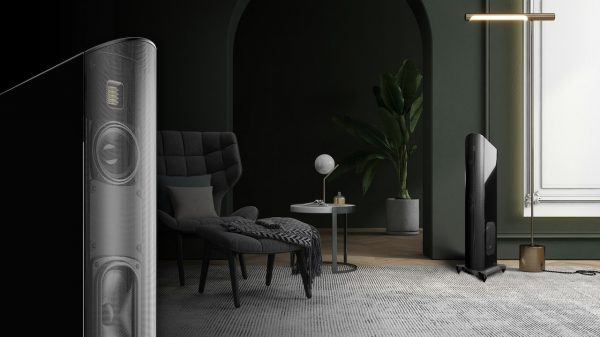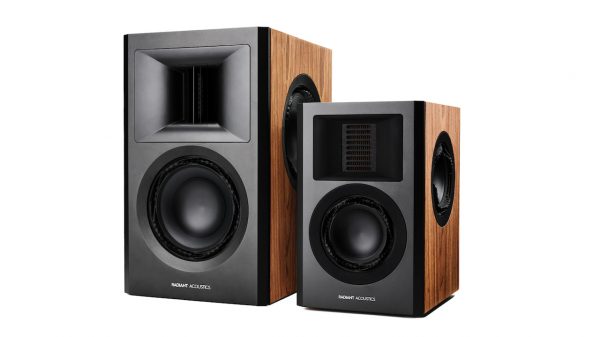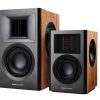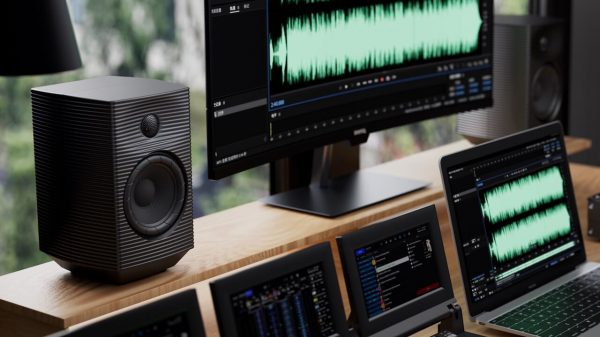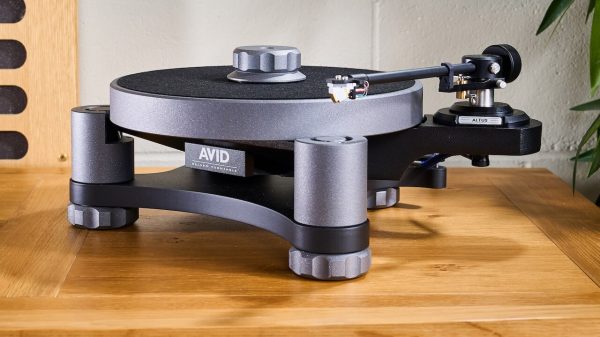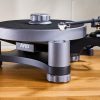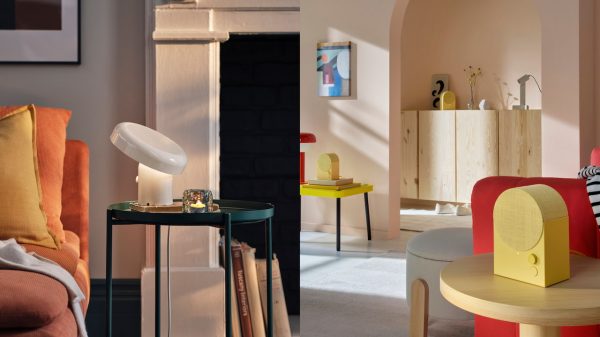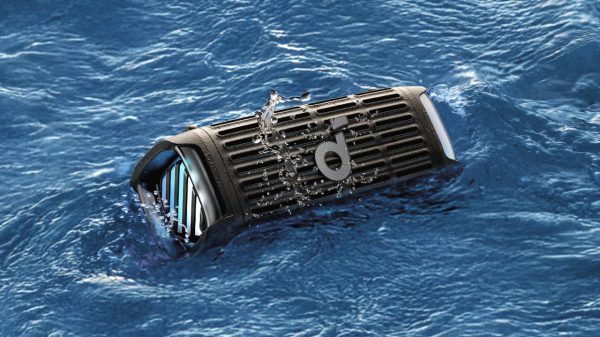Homeowners Can Stay Green While Getting the Most from Their Home’s Lighting
Warrenton, VA — August 1, 2007 — With energy costs on the rise, homeowners from condos to mansions are looking for affordable ways to save energy in and around the home. Yes, green is in and more and more people want to cut their electric bills while also helping the environment. Since lighting can represent as much as 20% of your electrical bill, and is an area you can easily control, it’s an excellent place to start.
Lightolier’s Gary Meshberg, who also Chairs the respected industry group, Home Lighting Control Alliance (HLCA), stated, “One of the most popular energy-savers today is the Compact Fluorescent Lamp, or CFL for short. Though the cost of the bulb is higher than the popular incandescent, CFLs are more energy efficient and last longer, saving money on both counts. The biggest savings will come from lights that are on several hours a day so choose fixtures for CFLs that are simple on and off and geared more towards utility rather than aesthetics.”
Meshberg went on to add, “Up until recently, commonly available CFLs were not dimmable, meaning they had to either be full on or off. Dimmable versions of the CFL are just now starting to come onto the market however they are considerably more expensive and frankly do not dim as well as the standard incandescent bulb. For example, below a certain level, they start to flicker or give off a harsh light.”
Other considerations for the CFL are that they are not suitable for “instant on” applications or for use in three-position lamps, ceiling fans and many decorative fixtures. CFLs also cannot be used with vacancy or occupancy sensors which are also growing in popularity for their energy-saving benefit as well as wonderful convenience.
Therefore, the best places around the home to use a CFL are where they will be controlled with a toggle switch or in a system where they will be used on or off. Some ideal locations are utility closets, garages, flood lights or external lighting and as previously mentioned, general locations where lights will be on for several hours a day.
Dan Fulmer, a Jacksonville, FL based integrator and nationally known authority on lighting control offered, “Among the most effective and enjoyable options to save energy is with a lighting control system. Today’s lighting control products can pay for themselves over the life of the system while providing additional benefits of comfort, convenience and security. Lighting Control is now the fastest growing of all home technologies and often the first thing that I recommend to my clients.”
Square D’s David Bruce, also with the HLCA offered, “Many people don’t realize that among the simplest, most cost-effective ways to trim your electric bill is with a dimmer. By allowing you to reduce lighting levels when you simply don’t need as much light, this really adds to your bottom line. How much? Simply dim your lights by 25% and you pocket 20% in electricity savings. Dim lights by half and you increase your savings by 40%.”
Dimming with standard incandescent bulbs not only reduces energy consumption, but significantly extends their life as well. Dimming lights by 50% not only saves nearly that much in energy but the bulb life is extended twenty times. As an added convenience, this also decreases the amount of times you need to change your bulbs. And because a dimmer can control the amount of light you want, it also eliminates the need for costly three-way bulbs. Though dimmers cost more than a conventional toggle switch, the installation costs are the same.
John Taylor of WattStopper, a manufacturer that specializes in energy-efficient products for lighting control, explained, “Another ingenious energy-saving device is the occupancy sensor which combines hands-free switching with energy savings. Typically installed in areas such as a bathroom, walk-in closet, or garage, occupancy sensors turn lights on when a person enters the room and off when they leave.”
Taylor went on to add, “Best of all, they do it automatically and even when people forget. Occupancy sensors which are often called Vacancy Sensors, can be set to manually turn on and like dimmers, are relatively inexpensive to install and come in a variety of colors.”
Summing up the groups’ recommendations, Meshberg concluded, “Homeowners should take a balanced approach when choosing fixtures and bulbs for their home. Consider warmth and appearance and whether you want to be able to control the amount of light. A blend of incandescent, halogen and fluorescent bulbs will yield the best combination of energy savings, convenience and enjoyment.”
Fast Facts about CFLs, Lighting Control systems and energy savings:
CFL’s save energy and last longer than incandescent bulbs
Most CFLs are not dimmable or suitable for all applications
Dimmers can save significant amounts of energy while providing ambience. Dimming 50% saves 40% of energy. Dimming 25%, saves 20%.
Dimmers can greatly extend incandescent bulb life. Dimming to 50% power extends bulb life 20X
Systems that combine all available technologies will save energy while providing convenience and aesthetics
About the Home Lighting Control Alliance (HLCA)
The Home Lighting Control Alliance is a self-funded, member-driven consortium of leading lighting control manufacturers, systems integrators and industry support organizations. Its sole purpose is to promote the awareness, value and benefits of lighting control products for residential applications.
Current partners in the Home Lighting Control Alliance include: AHA Design, Automated Outlet, CEA, CentraLite Systems, Control4, Crestron, Echelon, EH Publishing, ETC, Exceptional Innovation, FulTech Solutions, Good News Electric, HAI, Home Logic, Leviton, Lightolier Controls, LiteTouch, Low Voltage Systems, Pass & Seymour, RL Johnson Construction, S&S Electric, Somfy Systems, Square D, SST, Vantage Controls, WattStopper and Worthington Distribution.

